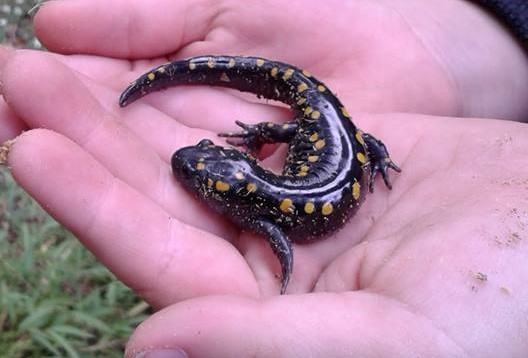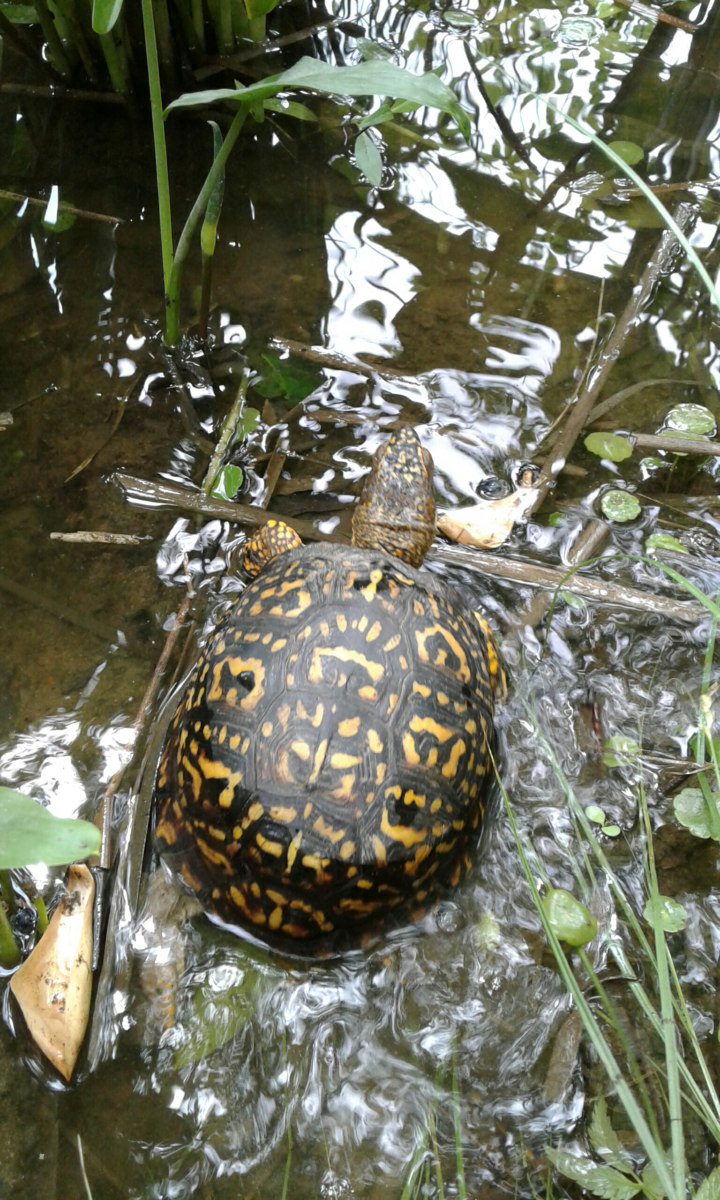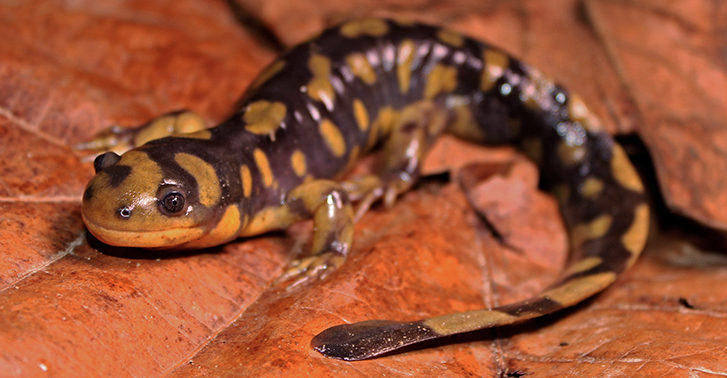Despite the recent “stay at home” orders parks and campgrounds have seen a surge in activity as people look to the outdoors for a safe outlet for their energy. This is occurring at the same time when park staffing has been reduced or eliminated altogether. Now more then ever it is imperative for each hiker, camper and herper (one who looks for reptiles and amphibians) to do so in a responsible way.
Looking for reptiles and amphibians in the field is different from observing other wildlife. Unlike birds or mammals, reptiles and amphibians remain hidden from view most of the time. Simply walking in the woods with binoculars or a camera will not produce particularly good results. If you want to find and photograph a red-backed salamander, you must find them, and that means moving a few logs or rocks, sometimes dozens of them. Before we continue, it is important to address the viewpoint of “look don’t touch”. Again, this works fine for those that enjoy birds, plants, and deer, however our public lands are for the use of all. Those people that enjoy finding, photographing, and collecting data on herps have the right to do so. Getting “hands on” is invaluable especially for children to develop respect, and admiration for all things small and slimy. At the same time, they can learn how to handle these animals safely and how to restore them and their homes back as they found them. I believe immersing yourself in nature is a reminder that we are a PART of it, not casual observers, or omnipotent caretakers. Some will say the stress placed on the handling of wild herps is detrimental, however there is no data to back this view. So how do we do this responsibly?

The microhabitats (small habitats within habitats) that support small insects, amphibians and fossorial snakes are extremely important support systems. It is their neighborhood where they find food, shelter, and protect themselves from dehydration and some predators. As any salamander searcher will attest to, there is noting more maddening than walking in on your favorite trail and find every rock, and log flipped and exposed. This simple act of replacing a log or stone in its original position maintains that microhabitat and allows the animal life to carry on business as usual. Tearing apart standing dead timber is a no-no even though it may reveal some cool critters. Standing dead timber cannot be put back together, and that habitat is no longer viable for those creatures that rely on it.
Rock Cairns (those stacks of rocks in streams and mountain overlooks). Don’t do it, please do not stack rocks. Stream bed rocks are especially important to aquatic insects and salamanders. Many salamander species attach their eggs to the underside on submerged rocks, removing these rocks for funky sculptures can destroy an entire generation. If you see a rock stack on your next hike, kick it down. It will make you feel good and the salamanders will benefit from it.
Amphibians have very sensitive skin, so it is important when handling amphibians to take a few simple precautions. Your hands should always be moist when handling an amphibian (rubbing your hand in the mud, moss or stream is fun and helpful). Wet hands prevent will the removal of the mucus coating on amphibian skin, together with gentle handling. A tight grip should always be avoided, cupping the animal in your hands along with some dirt or leaves is a good method to employ. If you have insect repellant, sun screen or other lotion on your hands you should not handle amphibians, as these substances may have a negative affect on their skin. Reptilian scales are more forgiving but remember that many snakes and lizards (if not all) can deliver a painful bite and usually poop on you as well. If you are not sure of what species you are looking at just observe it and do not handle it.

Adventure awaits in our great outdoors, if you leave the trail be careful not to trample too many plants (unless is a nasty invasive like multi-flora rose). Using deer or game trails is a good way to get through the bush without trampling too much brush. I don’t think anyone reading this would ever leave trash behind, but something you can do is pick it up. If you have space in your pack, bring a small bag to pack out trash you find on the way. I kayak frequently and always remove fishing line and hooks I come across tangled in the tree limbs. It is a simple thing that takes a few seconds and can mean the difference between life and death for an animal.
I hope you and your family can enjoy hours of fun in our many parks and wild areas in Maryland. Get dirty, explore new places and respect the rules of the park, and the rules of nature. Gently handle any creatures you find and choose to handle, take some great photos and put them back exactly where you found them. Citizen scientist can collect lots of valuable data on reptile and amphibian life when in the field. Time of day, temperature and microhabitat preferences are all valuable when recorded and shared with other conservation minded people.
Finally, please whatever you do, do not stack rocks.

